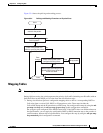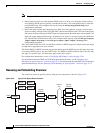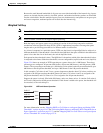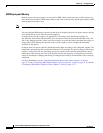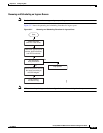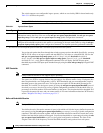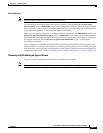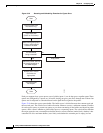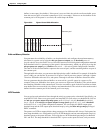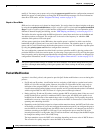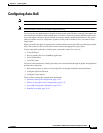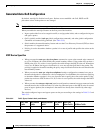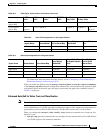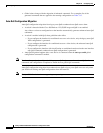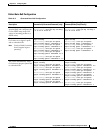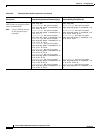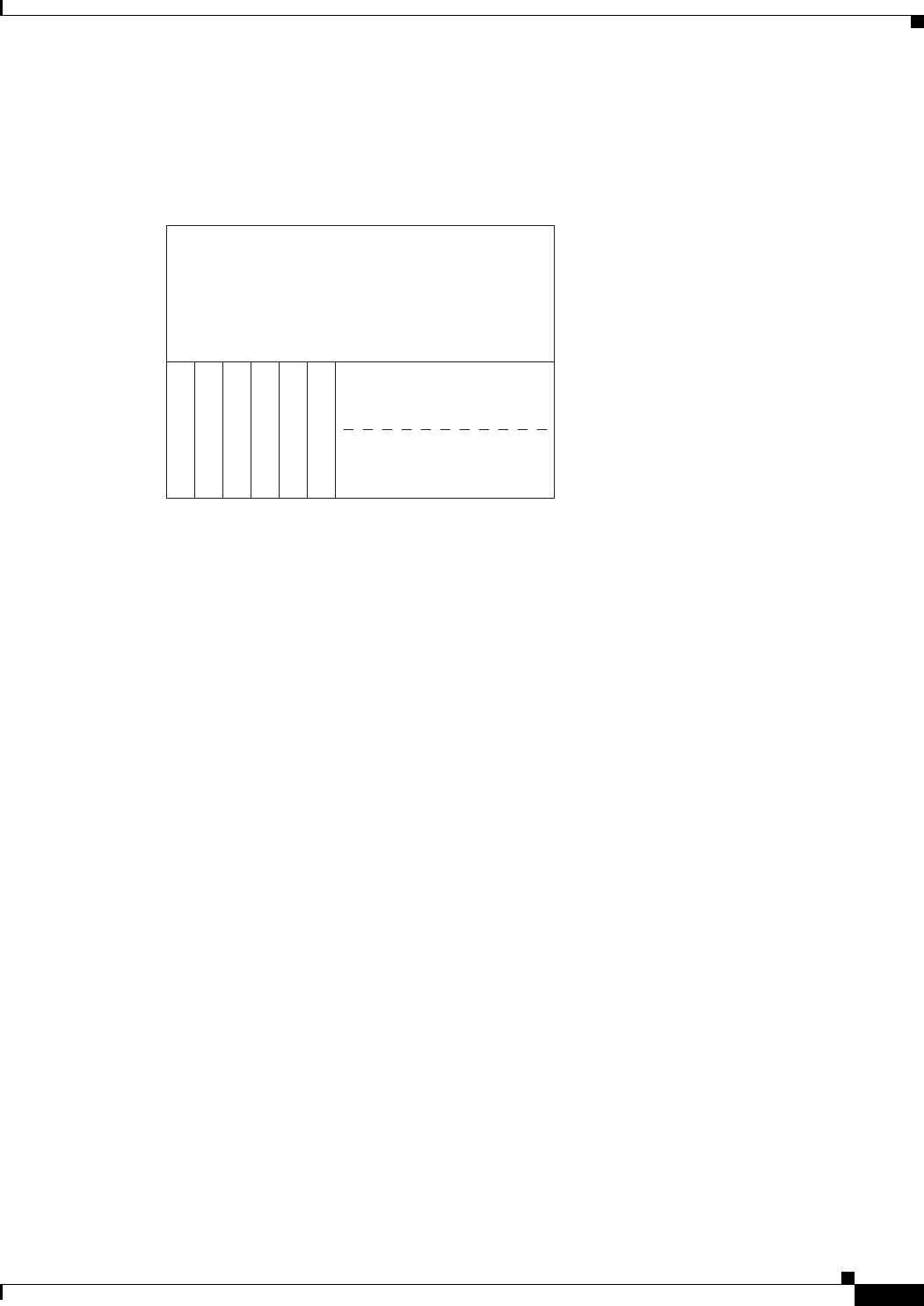
33-19
Catalyst 2960 and 2960-S Switch Software Configuration Guide
OL-8603-09
Chapter 33 Configuring QoS
Understanding QoS
buffers) or not empty (free buffers). If the queue is not over-limit, the switch can allocate buffer space
from the reserved pool or from the common pool (if it is not empty). If there are no free buffers in the
common pool or if the queue is over-limit, the switch drops the frame.
Figure 33-9 Egress Queue Buffer Allocation
Buffer and Memory Allocation
You guarantee the availability of buffers, set drop thresholds, and configure the maximum memory
allocation for a queue-set by using the mls qos queue-set output qset-id threshold queue-id
drop-threshold1 drop-threshold2 reserved-threshold maximum-threshold global configuration command.
Each threshold value is a percentage of the queue’s allocated memory, which you specify by using the
mls qos queue-set output qset-id buffers allocation1 ... allocation4 global configuration command.
The sum of all the allocated buffers represents the reserved pool, and the remaining buffers are part of
the common pool.
Through buffer allocation, you can ensure that high-priority traffic is buffered. For example, if the buffer
space is 400, you can allocate 70 percent of it to queue 1 and 10 percent to queues 2 through 4. Queue
1 then has 280 buffers allocated to it, and queues 2 through 4 each have 40 buffers allocated to them.
You can guarantee that the allocated buffers are reserved for a specific queue in a queue-set. For
example, if there are 100 buffers for a queue, you can reserve 50 percent (50 buffers). The switch returns
the remaining 50 buffers to the common pool. You also can enable a queue in the full condition to obtain
more buffers than are reserved for it by setting a maximum threshold. The switch can allocate the needed
buffers from the common pool if the common pool is not empty.
WTD Thresholds
You can assign each packet that flows through the switch to a queue and to a threshold. Specifically, you
map DSCP or CoS values to an egress queue and map DSCP or CoS values to a threshold ID. You use
the mls qos srr-queue output dscp-map queue queue-id {dscp1...dscp8 | threshold threshold-id
dscp1...dscp8} or the mls qos srr-queue output cos-map queue queue-id {cos1...cos8 | threshold
threshold-id cos1...cos8} global configuration command. You can display the DSCP output queue
threshold map and the CoS output queue threshold map by using the show mls qos maps privileged
EXEC command.
The queues use WTD to support distinct drop percentages for different traffic classes. Each queue has
three drop thresholds: two configurable (explicit) WTD thresholds and one nonconfigurable (implicit)
threshold preset to the queue-full state. You assign the two WTD threshold percentages for threshold
ID 1 and ID 2. The drop threshold for threshold ID 3 is preset to the queue-full state, and you cannot
Port 1 queue 1
Port 1 queue 2
Port 1 queue 3
Port 1 queue 4
Port 2 queue 1
Port 2 queue 2
Common pool
Reserved pool
86695



